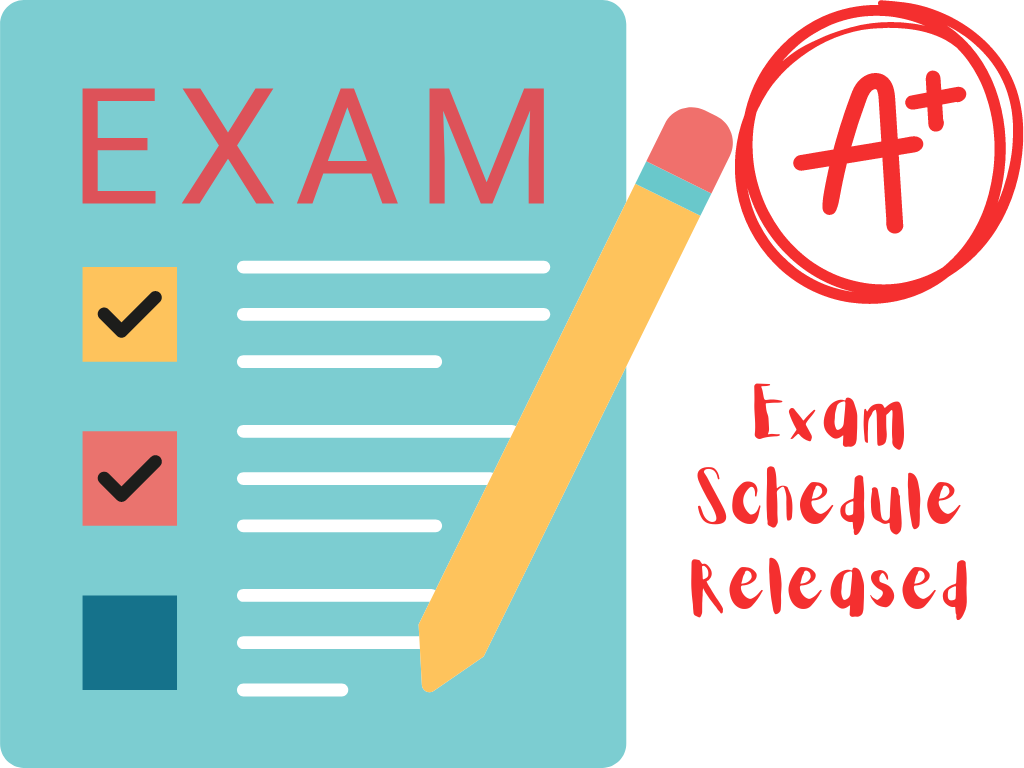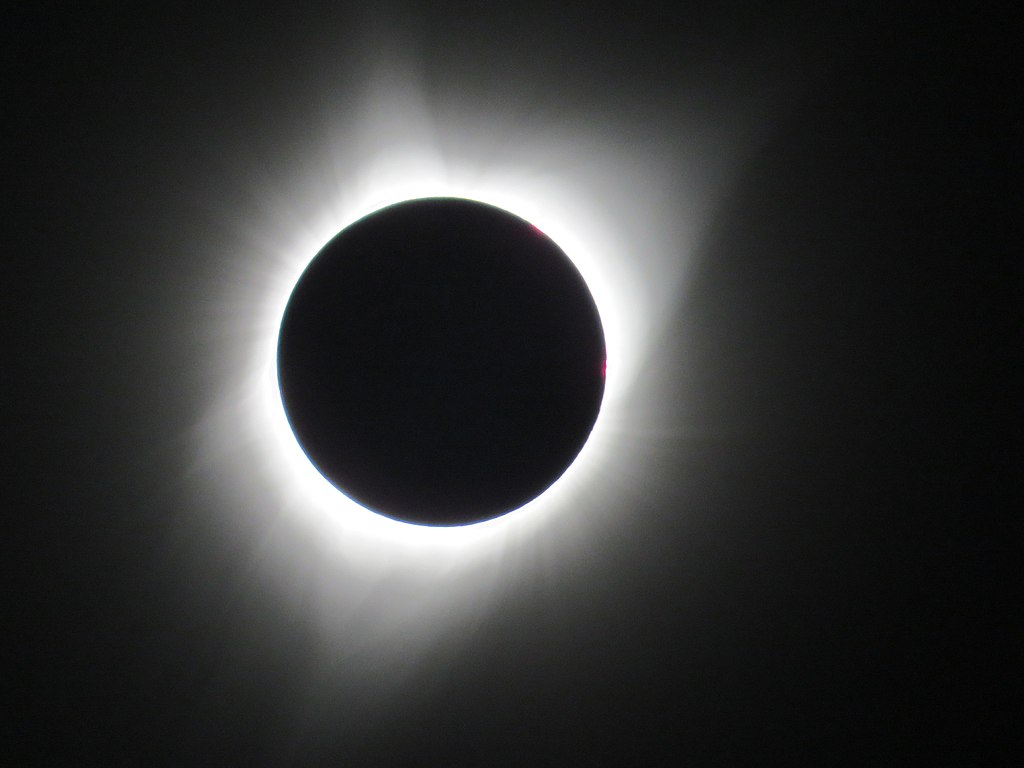The 2024 solar eclipse is here. On April 8, 2024, in a swatch across Mexico, United States and Canada, millions of people will witness the rare occurrence of a total solar eclipse.
Although Clarksville is not in the path of totality for today’s solar eclipse, viewers will still have a 97 percent view of the event. The eclipse will begin at 12:43 p.m., reach its maximum at 2:02 p.m., and end by 3:19 p.m.
You may remember the last total solar eclipse visible in Clarksville on August 24, 2017. Students were out of school for the day. The total time elapsed was two hours and 56 minutes, but the time of totality was just two minutes and 18 seconds.
What is an eclipse?
A solar eclipse only happens when a New Moon comes between the sun and Earth. It blocks the sun’s rays, causing a shadow to fall across parts of the Earth. A total solar eclipse can only occur during a New Moon is at its perigee, or the point closest to Earth. The path of totality is the area where the moon’s shadow is darkest.
A total solar eclipse differs from an annular eclipse. An annular eclipse occurs when the moon passes in front of the sun and creates a ring of fire, called an annulus, around the moon. It’s basically the opposite of a total solar eclipse.
How do I view a solar eclipse safely?
The most important thing to remember when viewing an eclipse is protecting the eyes. Looking directly at the sun without special eclipse glasses can cause instant and permanent damage. Even using darkly-tinted sunglasses can be dangerous. Using a camera, telescope or binoculars without a special solar filter can be just as dangerous. The only safe time to look at the sun without eclipse glasses is at the point of totality. Use the eclipse glasses both before and after totality.
What are some interesting facts about solar eclipses?
- A solar eclipse always happens about two weeks before or after a lunar eclipse. In this case, a lunar eclipse happened on March 25.
- Animals will change their behaviors because they think that night is falling. Birds, especially, will stop chirping.
- Shadows will appear sharper about three-fourths of the way (about 15 minutes) to the point of totality. This is because less light from the sun is visible, producing more well-defined shadows.
- The light will become stranger than usual and the temperature will drop.
- Brighter stars and planets will be visible.
- The next total solar eclipse in the United States will occur on August 23, 2044, but only in Montana and North Dakota.
- The next total solar eclipse visible in Clarksville will occur on August 12, 2045.







